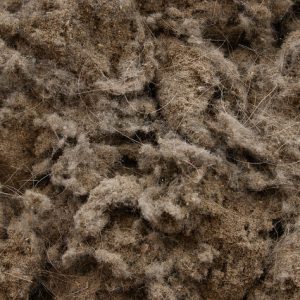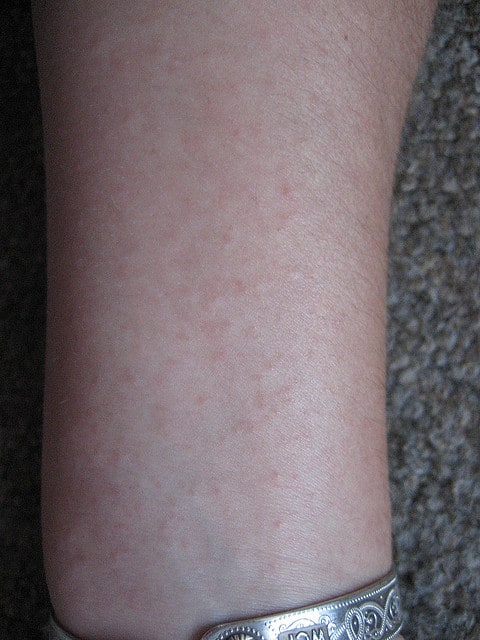Over 25 years we’ve noticed certain trends that repeat year on year. Seasonal allergies and viruses have been a reoccurring theme over the last 2 decades for us. They are always noticeable when you see colleagues suffering at work. Seasonal cleaning always demanded the best from our computer cleaning service, especially during Summer and Spring. Flu viruses fade out during March and in comes hay fever during April. These allergies and viruses affect all of us in many ways, and sometimes the cycle seems endless. The best thing to do is prepare and find the best way to cope. Below we listed some of the most common allergies and viruses through the year.
Allergic Rhinitis
One in five people in the UK are affected by rhinitis. Inflammation inside the nose is caused by pollen, mold, dust or flakes of skins from certain animals.
Symptoms – Many of the symptoms are typical of colds. Sneezing, runny nose, watery eyes, itchy sinuses, itchy throat, itchy eyes, itchy ear canals, ear congestion and postnasal drainage. Many of the allergies do share similar attributes and it is important to distinguish between them. The severity of symptoms depends on the state of your immune system. For more professional advice and information on allergic rhinitis, click here.

Taken by RH Photographic Art – Flickr
Hay Fever
Hay fever is a relation of allergic rhinitis and also affects one in five people. It is caused by allergic reactions to pollen. Pollen is released by plants as part of their reproductive cycle. Often grass accounts for 90% of suffers symptoms. Tree, grass and weed pollen all contribute to hay fever. Often is a pollen count is used to identify the levels of pollen in the air.
Symptoms – The three main symptoms of hay fever include sneezing, a runny nose and itchy eyes. For more professional advice and treament information on hay fever click here.

Taken by Peet Sneekes – Flickr
Seasonal Influenza
Flu is a viral illness and a common infection spread by coughing and sneezing. Flu is not to be confused with the common cold, as flu is longer lasting and has severe symptoms.
Symptoms – Common symptoms are high temperature, headaches, aches, pains, tiredness, sore throat, lose of appetite, feeling nauseous and coughing. More flu information here.
Previous flu posts
Children are more likely to spread flu
Heat Allergies
One of the most common heat related reactions is heat rash. Heat rash is pink or red in appearance. Usually found on parts of the body covered by clothes. Commonly caused by blocked and swollen sweat ducts. Hot and humid climates are the most common triggers.
Symptoms – Rash can appear on the head, neck and shoulders. Clothes help to irritate the rash. Scratching the rash will only go on to make the symptoms worse. More information on heat rash can be found here.
Summer Colds
It can be difficult to distinguish between colds and allergies during Spring and Summer as symptoms are similar. Either can trigger asthma or make allergies worse.
Symptoms – The main symptoms that can help establish a cold from an allergy in the summer is fever or muscle aches. These two symptoms are normally associated with colds. More information and advice is available here.
Seasonal Asthma
Airborne allergies such as hay fever cause inflammation and constriction of airways, which in turn can trigger asthma. Also a sudden rise in temperature can trigger asthma attacks, and in extreme cases it is thought that thunderstorms can also cause attacks.
Symptoms – Symptoms can include coughing, wheezing, chest tightness, chest pain and chest pressure. Advice on treatment and further information can be found here.
Indoor Allergies
Indoor allergies can be caused by a number of things. Dust, dust mites, mold, pet dander and cockroaches are often contributors of indoor allergies.
Symptoms – Recognising the symptoms can be the initial problem. Runny nose, itchy eye, nasal secretion, chills and aches, and long lasting symptoms. More information & detail can be found here.

Taken by Leeber – Dust
Extreme temperatures
Extreme tempertures are also linked to changed in bodily function. Cold and damp weather can impact the mobility of your joints, where as high temperatures have been linked to an increase in heart risk.
Please consult your doctor for professional medical advice. We can only help with computer cleaning and clearing up the aftermath of allergies and viruses.
Sources
//www.webmd.com/allergies/features/pollen-survival-guide
//www.weather.com/activities/health/allergies/helpclinic/help_allergy_pollen.html
//www.nhs.uk/conditions/Allergies/Pages/Introduction.aspx
//www.healthline.com/health/allergies/seasonal-allergies
//www.nhs.uk/conditions/Rhinitis—allergic/Pages/Introduction.aspx
//www.weather.com/activities/health/allergies/helpclinic/help_allergy_mold.html
//www.hpa.org.uk/Topics/InfectiousDiseases/InfectionsAZ/SeasonalInfluenza/
//www.nhs.uk/conditions/flu/Pages/Introduction.aspx
The Death of the PC? Timeline – How Computer Have Changed
23 Most annoying office habits and mysteries
Tech City Croydon: The growth of the Silicon Valley of South London
10 Facts: Putting IT cleaning on the Beckenham map
Dirty Keyboards and Smartphones contain more germs than toilet seats
7 Tips: How to keep a clean and germ free office
Eating At Your Desk Will Not Make You Successful
Who has flu in your office?
What is Freshers’ Flu? Causes, symptoms and prevention
To find out more about Capital’s computer cleaning services, contact us on 0800 013 2182 or contact us here







